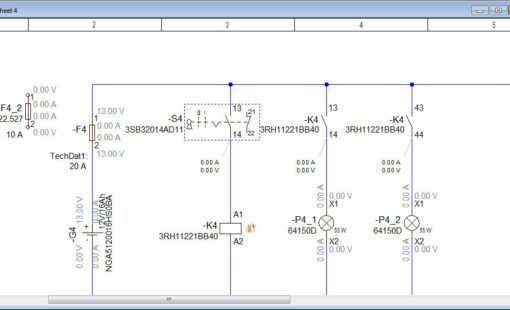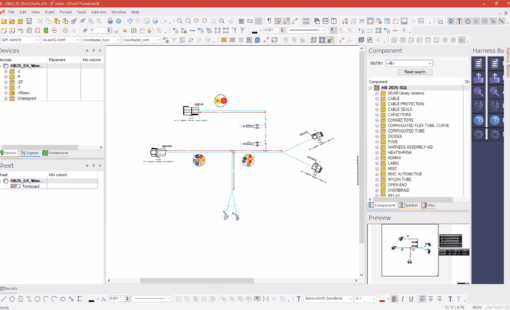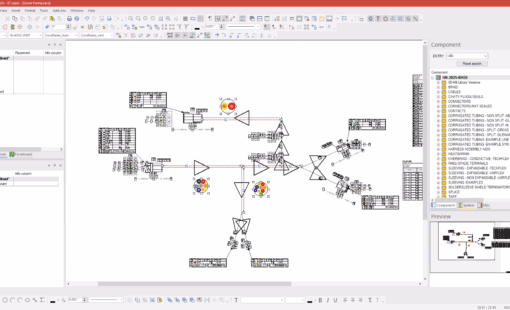But my own personal experience has taught me that it’s not as easy as just telling us engineers to talk to each other more. I’ve also learned that electrical engineers can have a much bigger impact on the whole product development process if we look up from our desktops and see the bigger picture, look at the whole process beyond the immediate tasks of our own design area. And this doesn’t just apply to electrical engineers, it applies to any engineer – I’m just talking electrical because that’s where my own experience lies.
As a process from initial sales and negotiation, to system level design, mechanical collaboration, design for manufacture and design for test, through to lifelong maintenance – and explain how electrical engineers fit into the project jigsaw and how you can increase your influence on the product development process.
Setting the scene
No company works in a static void where all the requirements stay constant, there is always someone throwing a spanner (wrench for the Americans) in the works and there are always customers who relish changing their mind – much to our dismay! A quick response is essential to keeping time to market to a minimum, so decisions must be made quickly and should be right-first-time (I feel this phrase is often well over used, but its true – if you think you have insufficient time to do it right, when will there be enough time to do it all again?)
We’re all familiar with everyone in the product development process cracking on with tasks involved in their specialist area, and once the job is done, passing along – like pass-the-parcel. Then when required, the process loops back for essential re-work to ensure that the product actually works in the way described, and can be manufactured.
But have you ever thought about making some additional suggestions, asking to be involved at the sales process from the start, recommendations to mechanical engineers etc.? You’d be really surprised by who is willing to listen and what improvements you can take the credit for – power to the electrical engineer at last!
Starting with sales
It’s obvious, but doesn’t always happen – the fact that departments should have input to the product development sales negotiation process. How many sales people storm ahead and to make a deal without consulting with the people who’ve got to turn this into reality – argh the arguments this has created!
But the truth is, getting costs accurate is imperative, and this demand requires participation from all aspects of the engineering process at the tender stage.
The sales process is where the majority of a product’s costs are committed. Those not engaging in dialogues with all departments within the company, risk either being late for completion or over budget. And where is the finger pointing when this happens…right at the product development bods. There is little point making a great sale, if you cannot possibly make the product in the timescale the sales department commit to, and underestimate how much the product will cost to make.
So get in early to keep those sales guys inline!
Join me next time to find out how you as an electrical engineer can positively impact systems engineering. Be sure to come back and see me next week.
Related Products and Resources

- Products

- Products

- Products

- Products
E3.series is a Windows-based, scalable, easy-to-learn system for the design of wiring and control systems, hydraulics and pneumatics. The out-of-the-box solution includes schematic (for circuit and fluid diagrams), cable (for advanced electrical and fluid design), panel (for cabinet and panel layout), and formboard (for 1:1 wiring harness manufacturing drawings). Integrated with MCAD, E3.series is a complete design engineering solution from concept through physical realization and manufacturing output.




